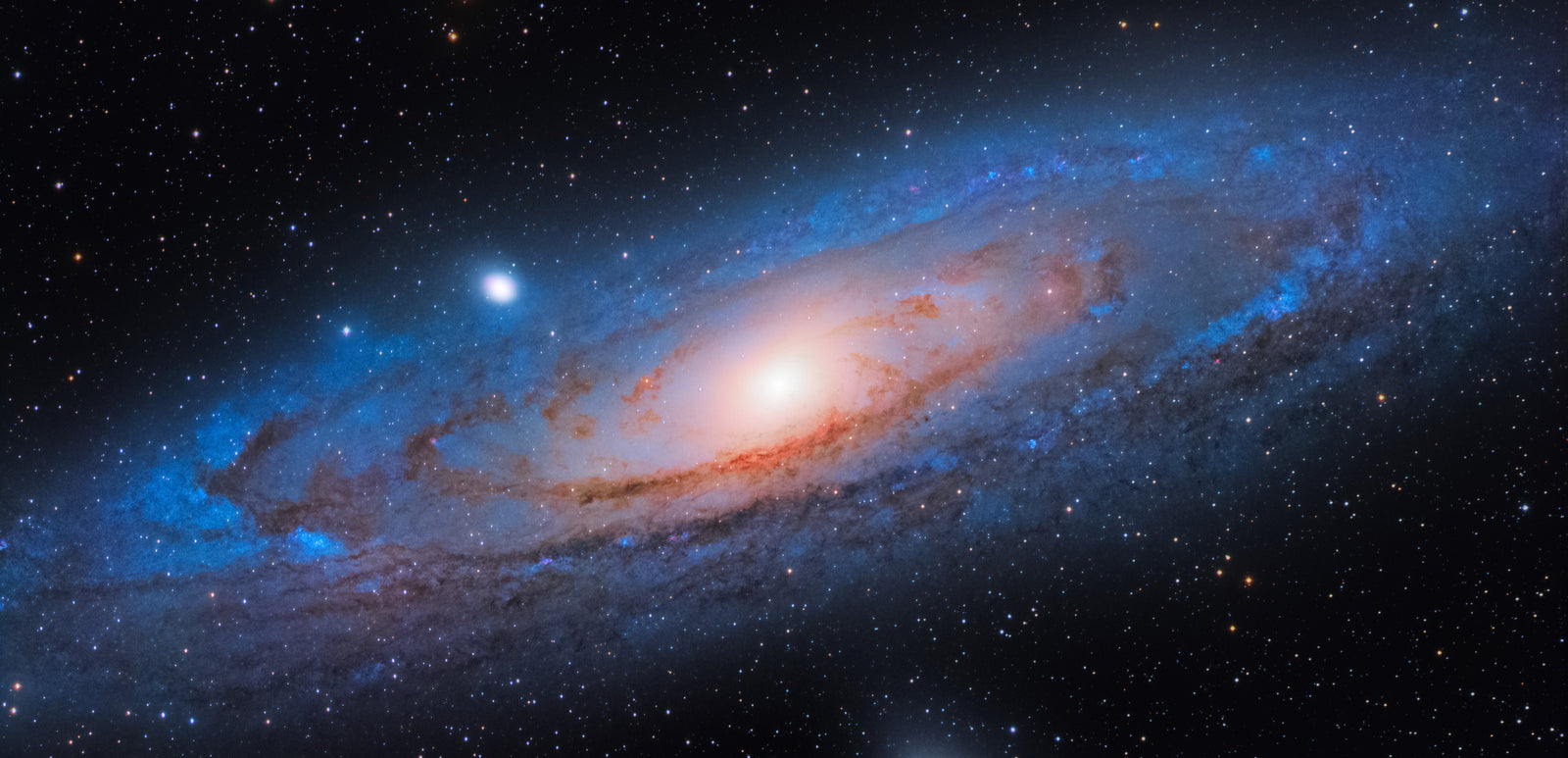What can you see with a 6 inch telescope?
A 6 inch telescope can reveal a lot of fascinating celestial sights. With it, you can observe bright star clusters, galaxies, nebulae, the Moon and its craters, and planets such as Jupiter with its four Galilean moons. You can also use a 6 inch telescope to look at comets, binary stars, asteroids, and other faint deep-sky objects. With a 6 inch telescope, you can see details of the lunar surface, such as mountains, craters and seas. You can observe Jupiter's cloud bands, Saturn's rings, Mars' polar ice caps and other features on the planets.
Can you see planets with a 6 inch telescope?
Yes, you can see planets with a 6 inch telescope. Not only will you be able to clearly observe Jupiter's cloud bands and Saturn's rings, but you may also be able to glimpse features on Mars and Venus as well as some of their moons. You might be able to spot Uranus and Neptune depending on the viewing conditions. Of course, all these objects appear tiny through a 6 inch telescope, but they are still visible!
Can you see galaxies with a 6 inch telescope?
Yes, you can see galaxies with a 6 inch telescope. However, since most galaxies are quite faint and far away, it will take dark skies (away from light pollution) and good viewing conditions in order to spot them. You may be able to view nearby galaxies such as Andromeda or the Whirlpool Galaxy with a 6 inch telescope. With a larger 7 or 8 inch telescope, you should be able to observe more distant galaxies beyond our own local group of galaxies.









